Service Engine Soon Light – Meaning, Causes & Fix in Details
Service Engine Soon Light or in some cases known as the Check engine light, is basically an indicator that starts blinking or is constantly illuminated and, in some cases, illuminated constantly in different colors.
In order to let you know that there might be a minor problem with your car’s engine or electronics or that it may be time for a scheduled check-up of your car.
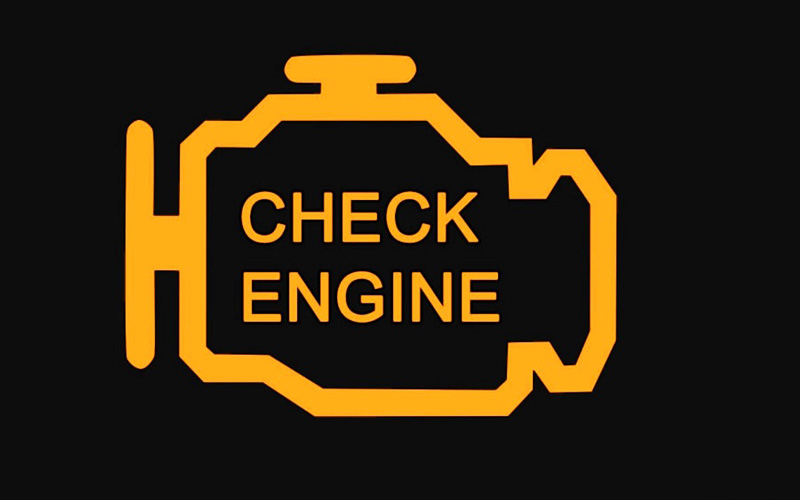
The color or the nature of the light depends on the nature of the problem, whether it is an emergency or a minor issue that needs attention.
How do the Service Engine Soon Lights work?
The vehicles are equipped with a computer, also known as the Electronic Control Module, that, as the name suggests, monitors and controls how the vehicle works. Its main job is to make sure that the vehicle is running at its optimum efficiency and is also minimizing the emissions.
Electronic Control Module (ECM) works as a diagnostic system for the car that monitors the working of the electronic sensors, the emission in the control systems, and the working of the catalytic converter.
As soon as it detects a potential problem, like excess of exhaust gases being released from the catalytic converter, or not enough air mixed with the gasoline reaching the engine, it turns the Service Engine Soon light on, letting the driver know that there is an issue with the vehicle. This way, the driver is warned about a small problem before it turns into a big one.
What does the Service Engine Soon Light mean?
Once the light is turned on, it either blinks or is constantly illuminated depending upon what sort of a problem the car might have.
Blinking light and in some cars, a red light instead of a yellow one or an orange one indicates that there might be a problem that needs attention as soon as possible, constant light or a yellow and an orange one indicates that the problem isn’t too serious.
However, it requires equal attention in either of the two cases, as small problems might lead to bigger problems.
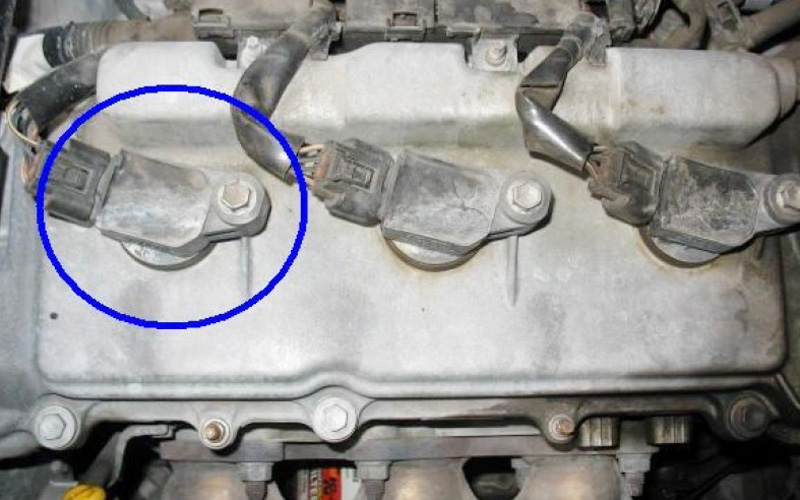
In new cars, a blinking light indicates an engine misfire where unburned fuel is being sent to the exhaust system. This is a serious issue and can cause damage to the catalytic converter and might even damage it to an extent beyond repair, then you won’t even be able to get it repaired, and the only choice you will have left would be to replace it.
In such a case, it is advisable to get your car checked as soon as possible.
On the other hand, if the light is constantly illuminated, then the problem isn’t an emergency, but you should still get your car checked. Even these small problems might result in a bad performance, and poor mileage and your vehicle will start emitting unacceptable levels of pollutants like hydrocarbons.
Why shouldn’t you ignore this light?
Even though the issues may be small and not too dangerous to worry about instantly, it is still, however, important to deal with the situation.
The job of Service Engine Soon light is to let you know that there might be a minor problem with the car. As the issues are minor so you don’t have to stop the car instantly, but as soon as you get the time, you should get it checked at some garage or auto repair shop.
If you don’t get it checked and ignore the issue, it might become serious, and that can, in the best-case scenario, be an expensive part to replace and in a worst-case scenario, be a threat to your safety.
Causes that lead to the blinking service engine soon light:
- Some minor problems that might lead to the SESL to start blinking are;
- A lose or a damaged oil tank cap
- Time for a regular check-up
- Not enough fluids like brake fluid in the brakes or the windshield fluid etc
- Exhaust emission issues with the vehicle
- Faulty oxygen sensors
- Faulty mass flow air sensors
- An issue with the catalytic converter
Below we will discuss the reasons why the light starts blinking or is constantly illuminated. We will also discuss how to deal with the particular issue and also what might happen if you ignore the problem:
Loose or a damaged cap on the gasoline tank:
This is a small problem that leads to the Service Engine Soon light to blink. Dealing with this one is as small as the problem itself. All you have to do is get off of your car, take the cap off, and then put it back on again.
However, the onboard diagnostic system (OBD) might not turn off the check engine light at the same instant. It takes a little driving for the OBD system to be reset so that it realizes the problem has been solved and the light should be turned off.
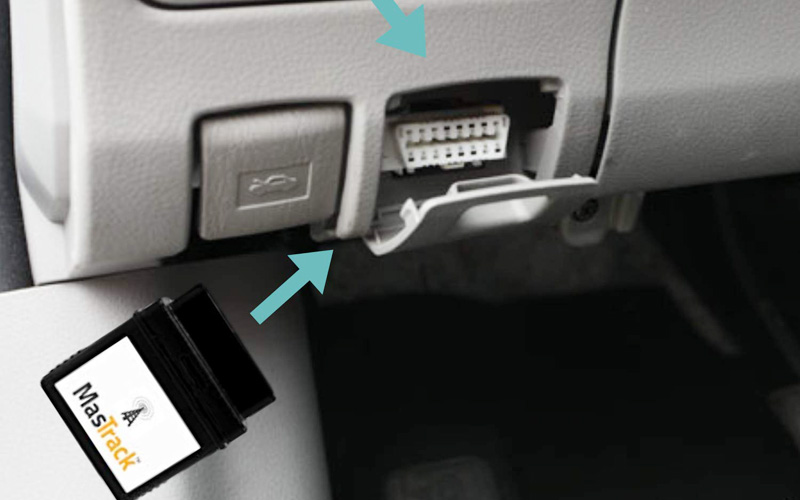
In some cases, the problem isn’t in the way the cap was closed, rather in the size of the cap itself. With excessive use, it might become a little lost. So if the light doesn’t go off even after you have put the cap on the back again, what you can do is, buy a new cap for the tank.
The cap should be one that was specifically made for your vehicle and not any other as that too won’t solve the problem.
This is the first thing you are supposed to try, but if this doesn’t work, countless other problems could be causing the light to blink. The first step to solving the problem is to identify it. Only then would you be able to know what is wrong with the vehicle and which of the parts need replacement or repair.
This is mostly the job of a mechanic as it’s hard to tell simply by having a look around, without the use of any tools available at hand, the problems that a car might have in its internal systems.
However, some tips might help you in identifying the problem. By carefully observing the performance of the car, you can have an idea about what might be causing a problem.
Oxygen Sensors not working properly:
Every car, to operate efficiently, requires a particular ratio of oxygen to gasoline to be provided to its engine.
Too little or too much oxygen can cause damage to the engine. If it’s little in quantity than the required amount, the concentration of gasoline would be high, and if the oxygen is more than the desired quantity, it can result in poor performance of the engine and more fuel consumption.
These oxygen sensors, in collaboration with the car’s engine’s computer, are responsible for providing the right ratio of oxygen to gasoline to the car’s engine.
If the sensor itself is faulty, then the ratio of oxygen to gasoline is distorted. This, as we discussed earlier, can result in bad performance and also the loss of engine power. If not dealt in time, it can also cause damage to the spark plugs and the catalytic converter, which can be expensive to replace if damaged beyond repair.
You can identify this one by noting the changes in the engine’s power.
Damage to spark plugs and wires:
After a while, the spark plugs and the wires in your vehicle’s systems start getting worn out. As these plugs and wires play a huge role in the combustion process, therefore damage to these can seriously affect the combustion.
You can tell the problem is in the spark plugs or the wires by accelerating your car. At high speed, the plugs and wires will misfire, which will cause a jolt and is pretty noticeable.
Waiting, in this case, could cause serious consequences. Therefore, it is suggested that you get the spark plugs and the wires replaced as soon as you find out there is a problem with them instead of waiting for them to completely worn out first.
Fault in the mass flow air sensor:
This problem is pretty much similar to a faulty oxygen sensor. The job of a mass flow sensor is to keep a constant check on the amount of air that passes through any filter. It then lets the computer know the amount of fuel required based on the amount of air calculated.
If the sensor is faulty, so will be the calculations. This way, a wrong ratio of air and gasoline will be fed to the engine and thereby cause problems.
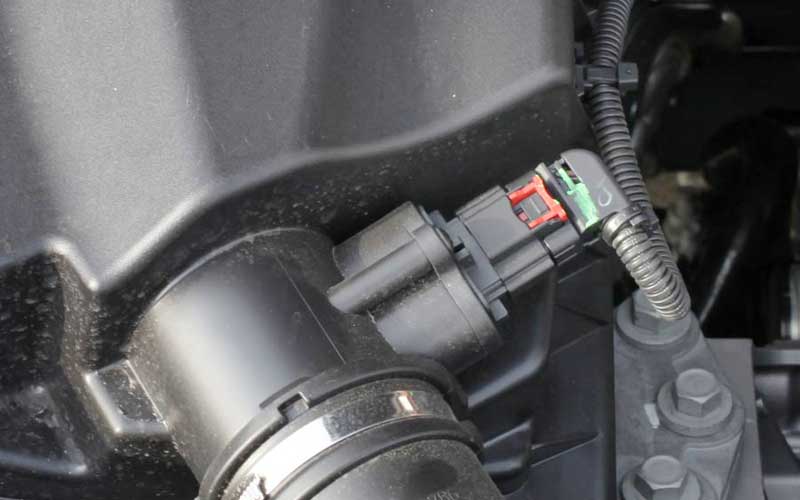
You can identify this one by observing the gas mileage and whether or not your vehicle is stalling. If the vehicle’s gas mileage is becoming poor and the vehicle has started stalling, then you need to get your mass air flow sensors replaced or repaired instantly.
Failing to do so, in due time, can result in damage to other parts of the car like the catalytic converter, the oxygen sensors, and even the spark plugs.
Fault in the catalytic converter:
The job of a catalytic converter is to reduce the number of exhaust gases released from a car. Gases like carbon monoxide and some other harmful gases are converted to harmless compounds inside the catalytic converter.
However, if the catalytic converter fails to work, the gas mileage is reduced, and the power of the car decreases, and it is not able to move faster even by consuming more gas.
Doing a regular check-up of the car might keep the catalytic converter from failing in the first place. Some of the reasons that lead to a catalytic converter to fail are worn out spark plugs and wires, or faulty oxygen or mass flow air sensors, etc.
If the converter has failed, there is not much that you can do about it. The car will eventually stop running, and the gas mileage will be very poor. To deal with this situation, you must get the converter replaced. For that, you will have to go to an auto repair shop as soon as possible.
Not enough fluids in the car:
Another very common reason that might lead to the blinking of the check engine light is the number of different fluids in the car.
For this, you must check the level of all the fluids from the engine oil, the brake fluid, the windshield wiper fluid to the transmission, and you must also make sure that there isn’t any leakage or any sign of wear or damage that might be causing a problem.
Depending upon which of the fluid isn’t enough, whether it is the windshield wiper fluid of the brake fluid or if there’s a leakage or some damage to the fluid tank, will you be able to tell about the gravity of the situation. In case of leaks, the situation gets serious, and you must get it fixed instantly.
For instance, a leak in the brake fluid might result in the failing of brakes, which might even lead to a serious accident. Therefore, it is advisable in such cases to not drive the vehicle until the problem is fixed.
Final Thoughts:
In conclusion, we would like to add that having a regular check-up of your car or vehicle from time to time is very important.
Most of these issues, like worn-out spark plugs or wires, or the faulty oxygen sensors and the faulty mass flow air sensors, can be detected and dealt with before they become a serious threat to your safety.
Ignoring these issues might result in serious consequences. As we discussed earlier, all the above three mentioned problems result in damage caused to the catalytic converter, and once the catalytic converter stops working, not only is it expensive to replace but also dangerous to keep driving the car.
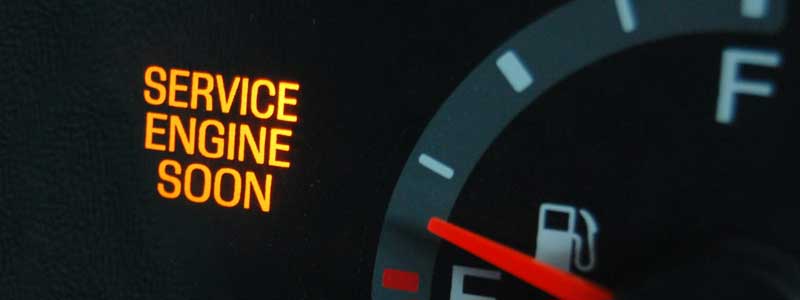

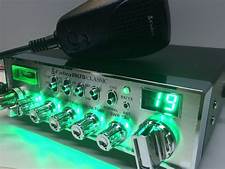



Post Comment